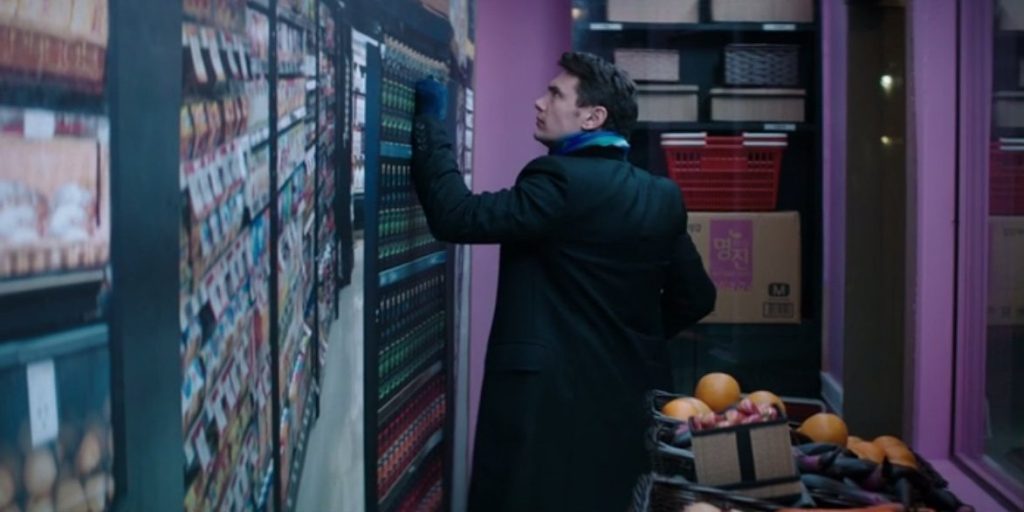In times of war and natural disaster, rationing may play a major role. In Nazi Germany, citizens were given ration cards for food, clothing, coal, and other basic necessities. The government proclaimed that “Nobody shall hunger or freeze” (75). In contrast to the situation of World War I, the Nazi Party was able to adequately fulfill the needs of practically all Germans. During WWI, hundreds of thousands died as a result of malnutrition. The same cannot be said for WWII, but thousands of people did not receive an adequate amount of food daily.
Another issue the Nazi Party faced was limited resources of coal. In 1940, Germany faced one of the harshest winters it has ever seen. This caused some coal deliveries to be stranded on the frozen waterways. Once the supply ran out, citizens were forced to wear winter clothes inside their houses in order to keep warm. This also caused many buildings, schools, and companies to close their doors because of the lack of heating. For those willing to travel to jobs, road conditions were extremely dangerous and accidents were common. In some situations, it was probably safer to stay home. There were some accidental deaths, such as gas poisoning and house fires, which contributed to the overall shortage Germany faced.
Milk and potatoes were also running low on supply throughout Berlin. Milk prices rose to hopefully increase production, but local dairies only sold their goods to regular customers. The potato situation was even worse. The weather caused the potato harvest to be cut in half; farmers were also unwilling to risk transporting their products in fear of ruining the rest of the harvest.
The Nazi Party began rationing prior to the start of the Second World War. This ration was not well supported because of the horrific memories of the ration during the First World War. In any case, the new system consisted of seven color-coded cards, each of which was used to purchase a specific item. In addition to these seven cards, the adult population was broken down into three levels of worker: normal, heavy, and very heavy. The ration cards were in effect for an entire month, before new ones were issued. This allowed for quantities to be adjusted based on total supply. An issue that the ration cards faced was that they represented the amount each consumer was entitled to, but not the amount that each consumer would receive. Therefore, it was possible for citizens to receive small percentages of their allocated amount due to widespread shortages across the country.

Berlin storeowners maintained façades of normality and kept elaborate displays to tempt consumers. This fact reminds me of the film The Interview, which pokes fun at the situation of North Korea today. At one stage of the film, Dave Skylark, the main character, returns to a shop that he passed by when he arrived in North Korea. He enters the store to find out that all of the food presented is a façade, such as the shelves being filled with pictures of products. In Berlin at War, the situation is very much the same. However, the shopkeepers have a limited number of products, but some of which are not for sale. In many cases, queues would extend outside of shops and many consumers would be left to relatively few, if any, foodstuffs. Therefore, the question of “To ration or not to ration” does not make much of a difference due to the fact that there were shortages in almost every product category.

The discussion of ration cards also raises questions for the historian–what do we base our stories on? If we use the cards alone, then the average Berliner ate quite well. Moorhouse does a good job of digging deeper and showing that Germany didn’t have enough food to supply the rations.
I also thought that the rationing system was interesting!
I went and did more research on the rationing systems and found that there were rations placed on things other than food. Paper for example, was limited in 1939 and by 1945, newspapers were limited to 25% of the pre-war consumption amounts and using paper for most other things was prohibited. Prohibiting paper usage also led to restrictions on sharing of ideas and works through printed media. Writers could not have their thoughts shared and this was probably how Hitler wanted it anyways. The lack of flow of ideas throughout this time helped Hitler’s ideals have precedence.